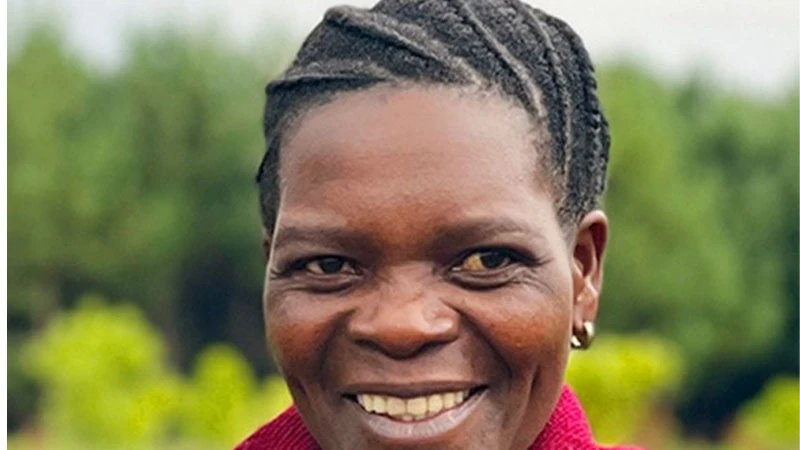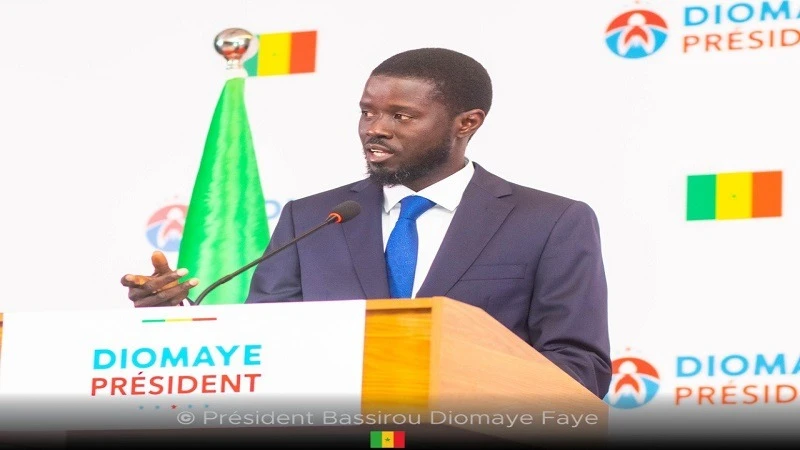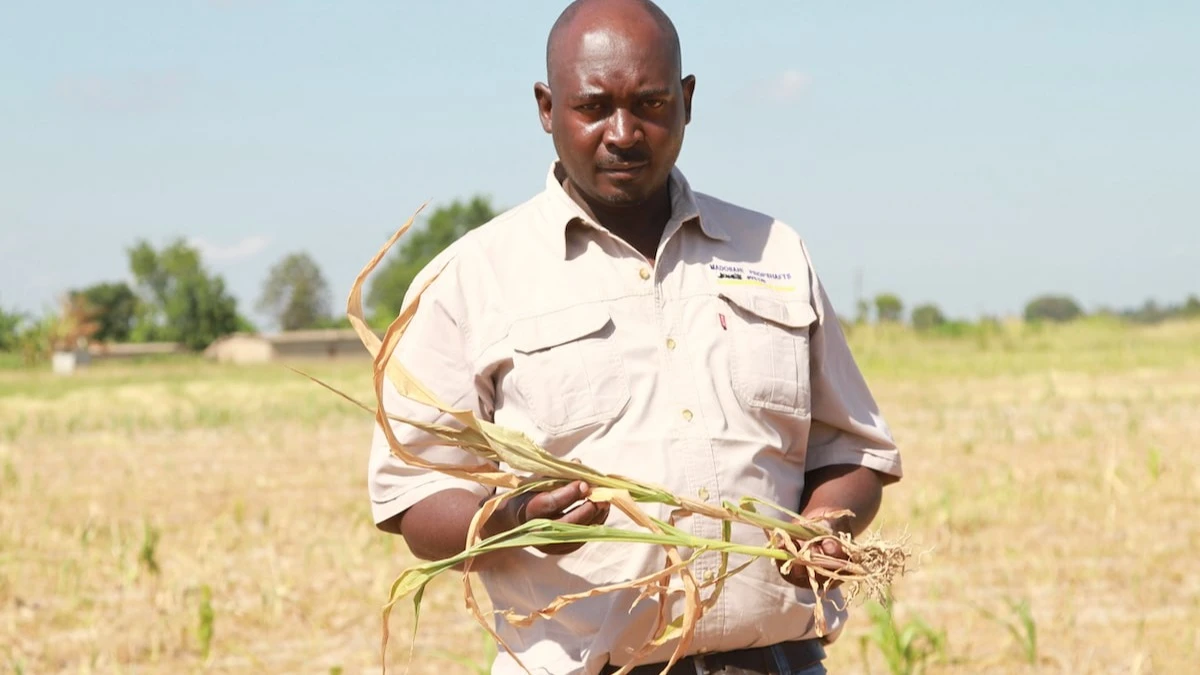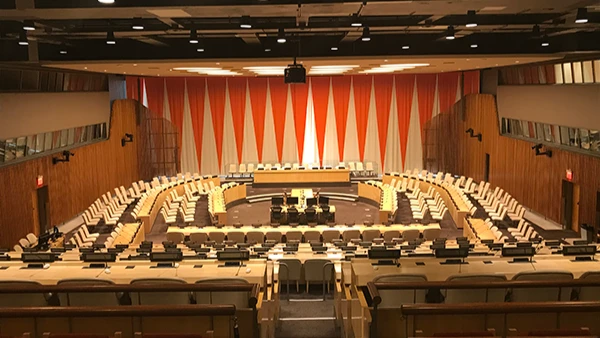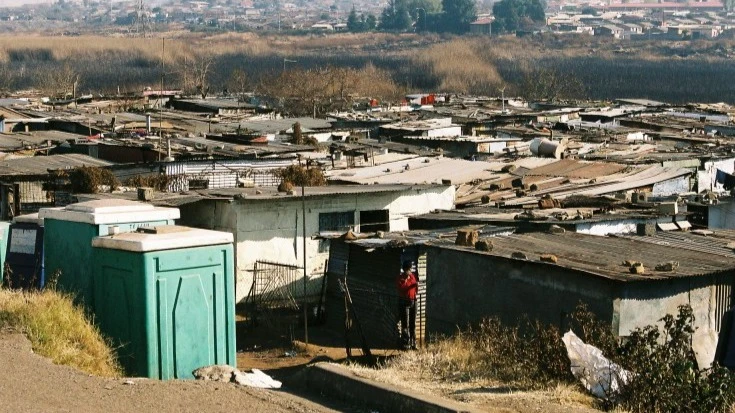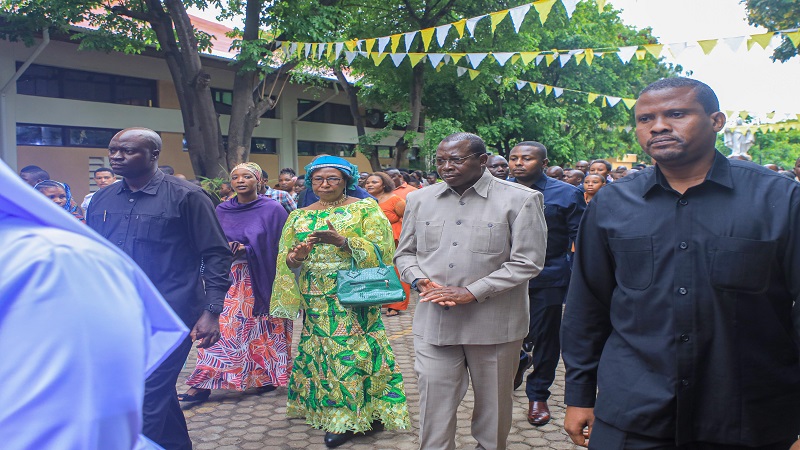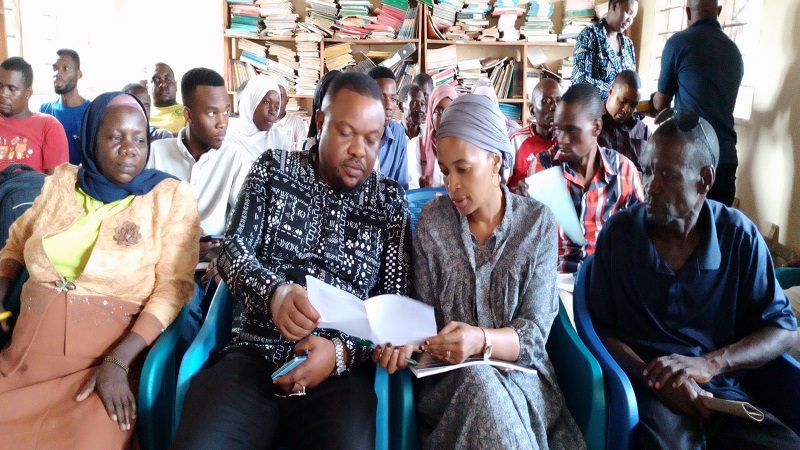Tanzania rises to new heights of improvement in 2024
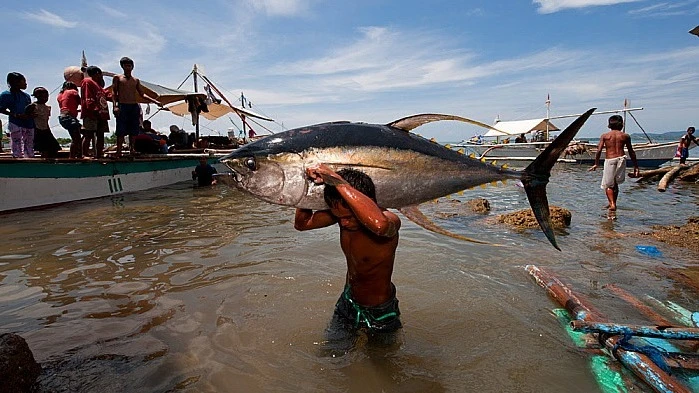
AS we end the year of 2024 and begin the New Year of 2025, it is worth recalling a few selected global reports that elevate Tanzania to higher levels of improvement. In light of these reports Tanzania is a good performer in various sectors of the economy and its performance sets the foundation for further achievements.
The State of the World’s Migratory Species 2024 report mentions Tanzania twice. Authored by the UN Environment Programme World Conservation Monitoring Centre (UNEP-WCMC), the report highlights the migratory species’ current status and trends, identifies key pressure risks they face, and highlights efforts made to conserve and promote their recovery.
In relation to Serengeti National Park, the report recognises this natural world heritage as “the largest remaining migratory system on earth” for its mass migrations of wildebeest. UNESCO regards it as “one of the most impressive nature spectacles in the world [which] also hosts one of the largest and most diverse large predator-prey interactions worldwide, providing a particularly impressive aesthetic experience.”
The Serengeti-Mara ecosystem in Tanzania and Kenya is one of the world’s largest free-ranging populations of migratory ungulates, including blue wildebeest and plains zebra, which support populations of the Convention on the Conservation of Migratory Species of Wild Animals (CMS)-listed apex predators like cheetah, lion and African wild dog, according to the report.
The second is a report on the results of the wildlife census launched by then Minister for Natural Resources and Tourism Angellah Kairuki in Arusha on April 22, 2024. In this report, of 401,000 rhinos found in Africa, Tanzania leads other African countries in having the largest rhino population (225,000), followed by South Africa (46,000), Mozambique (45,000), Kenya (42,000) and Zambia (41,000), according to Tanzania Wildlife Research Institute (TAWRI).
Of 29,000 lion populations found in Africa, Tanzania also leads other African countries in having the largest lion population (17,000), followed by South Africa (3,284), Botswana (3,064), Kenya (2,500) and Zambia (2,500). However, in elephant populations, Tanzania is ranked the third as it has 60,000 elephants after Botswana (130,000) and Zimbabwe (100,000).
The third is a report about the discovery of geometric rock art sites. Tanzania has identified 46 new geometric rock art sites in Lake Victoria Region and on February 28, 2024 submitted them to UNESCO for consideration and possible nomination for the world heritage sites’ list.
As of now the sites are still on a tentative list, which is an inventory of properties each State Party intends to consider for nomination. The sites include 37 rock art sites in Kagera Region, two in Mwanza Region, and seven in Musoma (Mara Region).
“The discovery of rock art, across international borders linking three countries together (Uganda (24), Kenya (3), and Tanzania (46)), is testament to the existence of a long history of producing paintings and engravings imbued with spiritual power.”
According to UNESCO, some of these sites are still being used by the local inhabitants, continuing the management of these localities for their spiritual power. “The relevance of rock art, beyond tourism, to local inhabitants is important in safeguarding it further – for the benefit of future generations.”
In the Economic and Social Council (ECOSOC) report of May 2024 Tanzania has for the first time in 2024 met criteria for graduation from the status of UN least developed countries (LDCs) since the establishment of the LDC category in 1971 when Tanzania was categorised as a LDC and was one of the 25 initial LDCs. Tanzania will be assessed again during a triennial review in 2027 by the Committee for Development Policy (CDP).
If Tanzania meets the criteria again after the next review in 2027, it could be recommended for graduation after the endorsement of the recommendation by the Economic and Social Council (ECOSOC) and the UN General Assembly and after a preparatory period.
During its triennial review of the list of LDCs in New York on March 4-8, 2024 the CDP found that “Rwanda, Uganda and the United Republic of Tanzania had fulfilled the criteria for graduation for the first time. These countries will be considered for graduation at the next triennial review in 2027,” says the 2024 ECOSOC report.
In “Economic Report on Africa (ERA): Investing in a Just and Sustainable Transition in Africa” published by UN Economic Commission for Africa (ECA) in May 2024, Tanzania tops 10 surveyed African economies in poverty and inequality reduction by 2045.
The surveyed economies included Cameroon, Ethiopia, Kenya, Morocco, Namibia, Rwanda, Senegal, Tanzania, Uganda, and Zimbabwe. In projected African Continental Free Trade Area (AfCFTA) contributions to reducing poverty by 2045, Tanzania tops the 10 surveyed economies by scoring in relative change (-11.5 per cent), followed by Ethiopia (-3.2 per cent), Zimbabwe (-1.3 per cent), Senegal (-1.0 per cent), Morocco (-0.9 per cent), Uganda (-0.7 per cent), Kenya (-0.7 per cent), Namibia (0.5 per cent), Cameroon (-0. 4 per cent) and Rwanda (-0.1 per cent).
In absolute change (million), Tanzania tops the surveyed economies by scoring (-1.06), followed by Ethiopia (-0.64), Zimbabwe (-0.01), Senegal (-0.02), Morocco (0.00), Uganda (-0.03), Kenya (-0.03), Namibia (0.00), Cameroon (-0.01) and Rwanda (0.00).
FAO’s State of World Fisheries and Aquaculture 2024 report: Blue Transformation in action ranks Tanzania among five of the top 10 freshwater fish producers in the world in 2022. The top 10 global freshwater fish producers (in descending order) comprises Bangladesh, Cambodia, Myanmar, Uganda, Tanzania, India, China, Indonesia, Nigeria and Egypt. As a result of the impact of Covid-19, the FAO report says, Africa experienced a drop in production in 2020 especially in Egypt, Africa’s top producer, and Nigeria, the top producer in sub-Saharan Africa.
“Africa produced just over 2.3 million tonnes of farmed aquatic animal species in 2022, an increase of only 50,500 tonnes (2.2 per cent) from 2020. The net increase came mainly from freshwater aquaculture, mostly in Ghana, followed by Zambia, Tanzania and Rwanda.” Tanzania (2021), Namibia (2022), Madagascar, Malawi and Uganda (2023) have already developed National Plans of Action for Small-Scale Fisheries (NPOAs-SSF) and two countries are developing or finalising their plans in 2024. In Tanzania’s major lakes, important fish species include small pelagic, tilapia and perch fisheries.
In Global Cybersecurity Index (GCI) 2024 Tanzania scores highly in all five pillars of measuring global cybersecurity commitments. It is one of the top 5 African and 46 role-modelling countries, according to the International Telecommunication Union (ITU).
ITU says the role-modelling countries have an overall GCI score of at least 95 per cent by demonstrating a strong cybersecurity commitment to coordinated and government-driven actions that encompass evaluating, establishing and implementing generally accepted cybersecurity measures across all five pillars or up to all indicators.
A country score was calculated out of 20 points per pillar and Tanzania’s performance in relative strength scores 20/20 in legal measures, 20/20 in cooperation measures, and 20/20 in organisational measures. In potential growth, it scores 19.69/20 in technical measures, and 19.57/20 in capacity development measures.
In Africa, role-modelling countries (in descending order) are Ghana, Kenya, Mauritius, Rwanda and Tanzania. ITU launched GCI in 2015 to help countries identify the areas of improvement and encourage them to act in building capacity and capabilities under each pillar. The GCI has been adapted across editions to respond to changing risks, priorities and resources to provide a more relevant snapshot of cybersecurity measures undertaken by countries.
Tanzania is also among the top 10 tax performers in reducing inequality, according to the Commitment to Reducing Inequality Index (CRI) 2024. The top 10 countries in the category of “tax impact on inequality” with their pre-tax Gini percentage in brackets are Ireland (-11.3), Kenya (-8.5), Belgium (-8.0), Australia (-7.4), Argentina (-7.2), Tanzania (-7.0), Lesotho (-6.8), Tunisia (-6.2), Canada (-5.9) and the USA (-5.1).
This year’s top 10 inequality reducers collect a large amount of progressive taxation (except Ireland, which diverts revenues away from other countries), according to the (CRI) 2024 report that measures the commitment of 164 countries and regions to reducing inequality. It assesses their performance across the three pillars of 1) public services (education, health and social protection), 2 progressive taxation, and labour rights and wages.
Tanzania has climbed in Network Readiness Index (NRI) as it ranks 103rd out of 133 surveyed economies worldwide. Each surveyed economy was measured in four pillars, namely technology, people, governance, and impact and each of these pillars is further divided into three sub-pillars. Technology is subdivided into access, content and future technologies. The people pillar is subdivided into individuals, businesses and governments. Governance is subdivided into trust, regulation and inclusion, and impact is subdivided into economy, quality of life and sustainable development goal (SDG) contribution.
The report says technology is a foundational component of NRI, which aims at evaluating the technological infrastructure crucial for a country’s engagement in the global economy. The people pillar assesses the application of information communication and technology (ICT) across individuals, enterprises, and the public sector. The governance pillar emphasises the creation and reachability of structures that revitalise the networked economy across trust, regulation and impact dimensions. The impact pillar endeavours to gauge the diverse implications of engagement in the networked economy.
The surveyed countries include 52 high-income economies, 36 upper-middle-income economies, 32 lower-middle-income economies, and 13 low-income economies.
In sub-Saharan Africa, Mauritius leads digital readiness, ranking 60th globally, demonstrating balanced performance across multiple dimensions. It shows strength in the impact (47th) and people (51st) pillars, with notable achievements in digital businesses (23rd). It also performs well in the regulation (61st) of emerging technologies, and excels in digital inclusion (60th), especially in addressing the socioeconomic gap in the use of digital payments (49th) and in the rural gap in the use of digital payments (43rd).
Ghana shows strength in technology, people and governance; Malawi in people, governance and impact; Zimbabwe in technology, people and governance; Senegal in technology, governance and impact; Tanzania in technology, people and governance; and Burundi in technology, people and impact. The NRI report is produced and published by Portulans Institute (PI), an independent nonprofit, nonpartisan research and educational institute based in Washington DC.
Top Headlines
© 2025 IPPMEDIA.COM. ALL RIGHTS RESERVED


